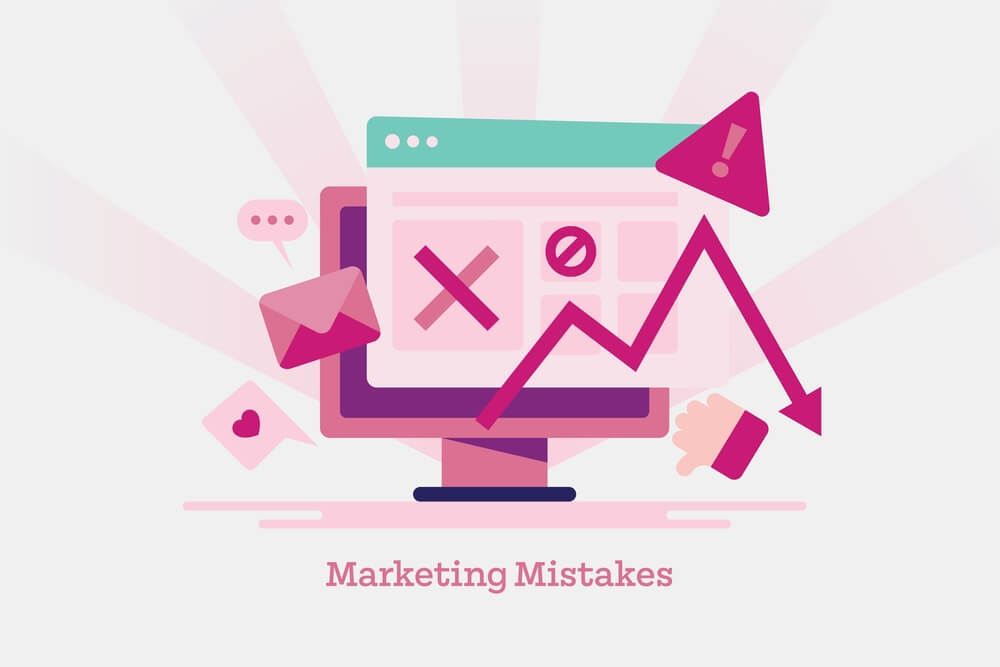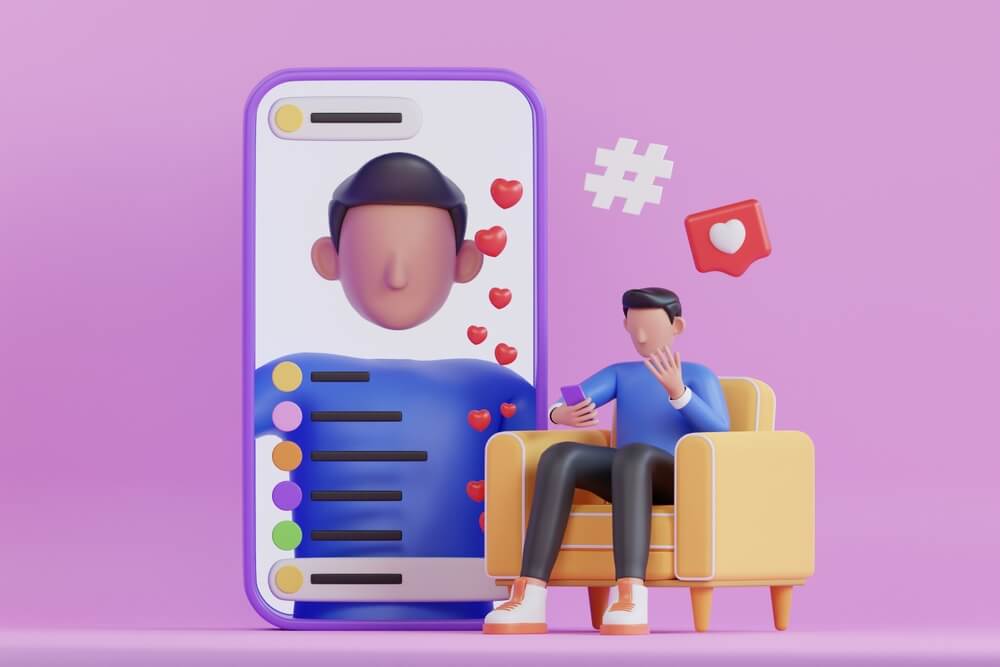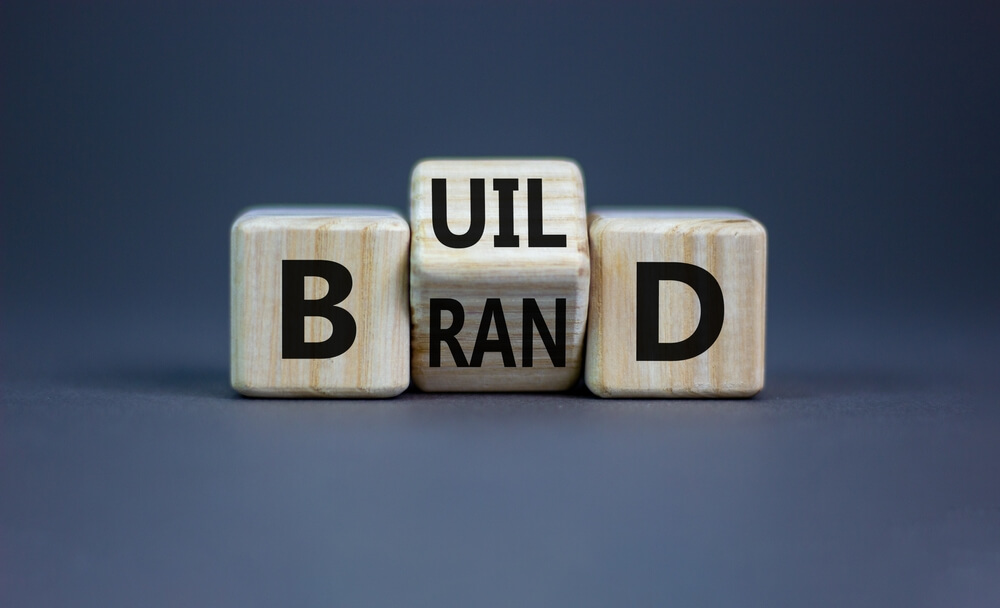Introduction
Table of Contents
In today’s competitive digital world, your personal brand isn’t just a logo or bio—it’s your reputation. If you’re not intentional about it, your online presence can feel scattered, unclear, or even forgettable. That’s why understanding the 7 Personal Branding Essential Elements to Avoid a Weak Identity is more than just a smart move—it’s your gateway to authority, recognition, and lasting impact.
Whether you’re a freelancer, entrepreneur, coach, or career professional, these elements serve as a blueprint to craft a brand that speaks clearly, builds trust, and attracts opportunity.
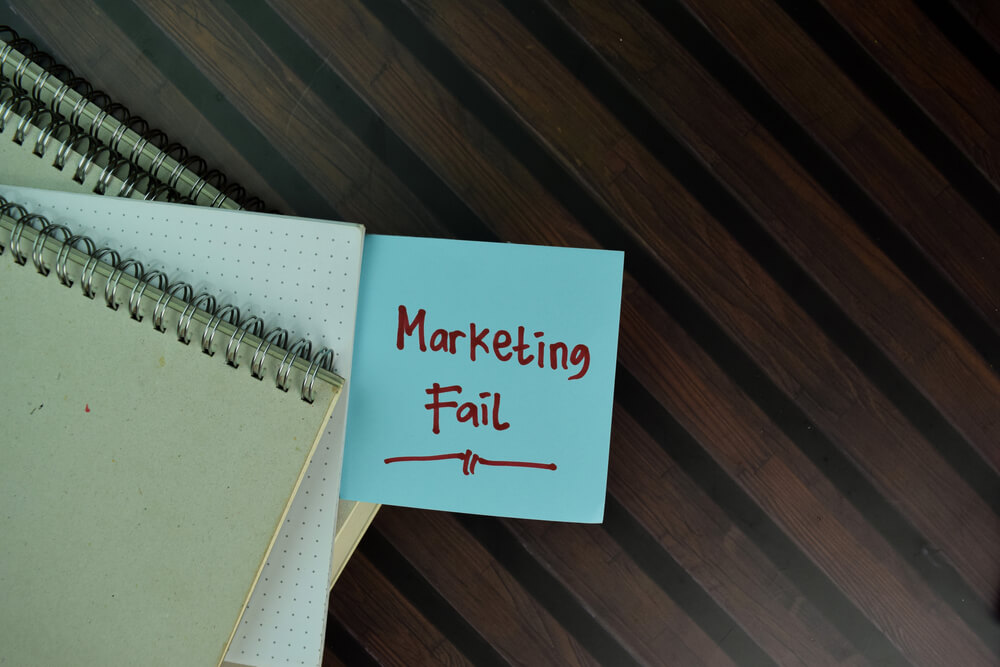
🌟 What Is Personal Branding—And Why Does It Matter?
Let’s get one thing clear: personal branding isn’t just for influencers.
Personal branding is how you shape people’s perception of you. It reflects who you are, what you do, what you believe, and how you serve others.
Think of it as your digital handshake—people interact with your brand before they ever meet you.
A study by CareerBuilder found that 70% of employers check candidates’ social media during the hiring process. First impressions start online.
And the most common mistake? Overlooking the personal branding elements to avoid, which often leads to a diluted or weak identity.
🔑 Element 1: Lack of Clarity in Purpose and Positioning
🧭 Why Clarity Is Foundational
If your audience can’t understand who you are or what you offer in five seconds, you’ve lost them.
A weak identity often stems from blurry positioning. You’re trying to be everything to everyone—which is a surefire way to resonate with no one.
✍️ Fix It With:
- A clear brand statement (e.g., “I help freelance designers attract high-paying clients through authentic branding.”)
- Defined target audience
- Specific problem you solve
💡 Example: Instead of saying “I’m a designer,” try “I specialize in personal branding for solopreneurs looking to grow their digital presence.”
🎨 Element 2: Inconsistent Visual Identity
🚩 Warning Sign: Random colors, fonts, and layouts across platforms
Personal Branding Elements to avoid include a fragmented aesthetic. Visuals play a big role in how you’re remembered. And inconsistency creates confusion.
✏️ Your Visual Toolkit Should Include:
- A consistent logo and favicon
- Brand colors and typography
- Image style (e.g., moody, clean, vibrant, minimalist)
- Custom graphics and branded templates
📊 Stat Alert: Lucidpress reports that brand consistency can increase revenue by up to 33%.
Even your Instagram highlight covers or LinkedIn banner should reflect your brand design.
🗣️ Element 3: Vague or Generic Messaging
🗯️ Why Messaging Makes You Memorable
Your words are powerful—they build emotional connection and clarify your expertise. Weak messaging is one of the major personal branding elements to avoid, as it makes your brand forgettable.
🧠 Build Strong Messaging With:
- A compelling brand story
- Clear value proposition
- Signature phrases or taglines
- Tone and voice guidelines
💬 Example: “Empowering creative minds to build brands with purpose” feels more authentic than “Helping businesses grow online.”
Use your messaging across bios, blog intros, videos, and captions.
🌐 Element 4: Poor Online Presence and Discoverability
😶🌫️ Problem: You’re hard to find or irrelevant in search
If someone Googles your name or niche and nothing compelling shows up, your brand loses credibility.
Online presence is one of the most underestimated personal branding elements to avoid. Not showing up = not being considered.
📍 Steps to Strengthen Your Visibility:
- Create a personal website (e.g., www.yourname.com)
- Optimize your LinkedIn headline and About section
- Blog regularly with SEO in mind
- Use the focus keyword “personal branding elements to avoid” across multiple posts
🧠 SEO Tip: Use long-tail variations like “how to avoid weak personal branding” or “elements that damage brand identity.”
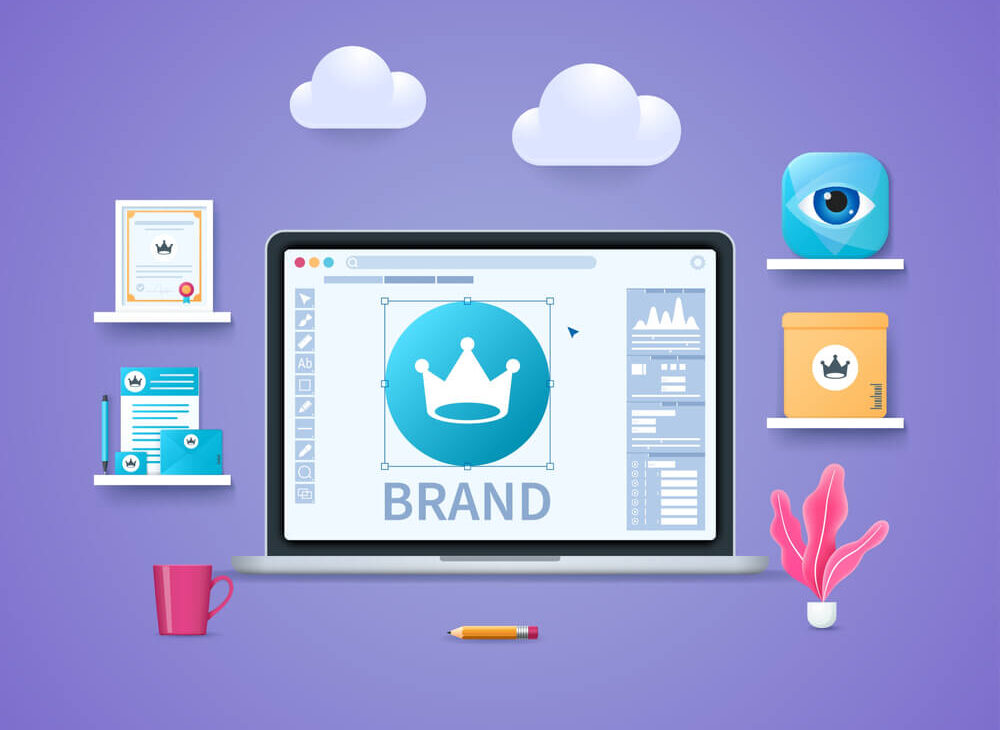
📸 Element 5: No Proof of Expertise or Credibility
🔍 Trust Signals Matter More Than Ever
People buy from those they trust. If your brand lacks testimonials, portfolio samples, or credentials, you risk appearing unqualified.
Avoid this weak branding trap by showcasing your wins.
🧰 Add Trust Builders Like:
- Client reviews
- Case studies and results
- Certifications or media mentions
- Behind-the-scenes processes
📌 Social Proof Tip: Pin client testimonials on your socials or create a “results” page on your site.
🤝 Element 6: No Engagement or Community Interaction
👻 Warning: Silent brands disappear fast
A strong brand doesn’t just broadcast—it engages. Ignoring your audience is one of the most damaging personal branding elements to avoid.
🤗 Build Brand Relationships Through:
- Comment replies and DMs
- Live sessions or Q&As
- Email newsletters with personalization
- Sharing audience stories and feedback
💡 Real Example: Founders who reply to LinkedIn comments often see 2x more profile visits.
A loyal community boosts brand reach and emotional connection.
🔁 Element 7: Ignoring Continuous Brand Evolution
📉 Why Stagnant Brands Lose Relevance
Brands are like people—they evolve. If you’re not refreshing your content, refining your offers, or adapting to trends, your identity will feel stale.
Not updating is a subtle but serious personal branding element to avoid.
🔄 Revitalize By:
- Auditing your digital presence quarterly
- Refreshing your brand visuals annually
- Rewriting your bio or slogan based on growth
- Learning new tools to elevate your delivery (e.g., AI, Canva updates, Webflow transitions)
💬 Growth Tip: Share your learning journey openly—it creates relatability and shows you’re invested.
📊 Summary Table: Your Personal Branding Blueprint
| Element | Why It Weakens Your Identity | How to Fix It |
|---|---|---|
| Lack of Clarity | Creates confusion | Define brand purpose and niche |
| Inconsistent Visuals | Lowers recognition | Use unified colors, fonts, and templates |
| Weak Messaging | Misses emotional connection | Write with clarity, tone, and story |
| Poor Online Presence | Limits reach | SEO, website, content consistency |
| No Credibility Proof | Reduces trust | Share testimonials and achievements |
| Low Engagement | Blocks growth | Interact, ask questions, create community |
| Stagnant Branding | Leads to irrelevance | Evolve visuals, offers, content regularly |
🔚 Conclusion: Take Ownership of Your Brand Now
If you’re serious about your success, you must pay attention to the personal branding elements to avoid. Your identity should empower you—not weaken your efforts.
These 7 elements aren’t just about looking good online—they’re about building a brand that:
- Reflects your mission authentically
- Attracts aligned clients or partners
- Creates lasting impact and trust
The good news? You don’t have to perfect them overnight. Choose one today—whether it’s visual consistency, community engagement, or messaging—and start refining. Even one shift can ripple across your entire brand.
💬 What’s Next? Let’s Talk
Which of these elements do you feel you’ve mastered—and which need attention?
Leave a comment with your thoughts, share this article with someone building their brand, or subscribe for future content tailored to creative entrepreneurs like you.
Contact Me:
And if you’re ready to evolve your identity further, I can help turn this post into a:
- 📌 Carousel for Instagram
- 📧 Newsletter mini-series
- 🔖 Downloadable checklist or guide
What are the most common mistakes people make when building a personal brand?
Common mistakes include unclear positioning, inconsistent visuals, generic messaging, weak online presence, and neglecting engagement. These are all key personal branding elements to avoid because they dilute your identity and make it harder to connect with your audience authentically.
How does visual identity impact personal branding?
Visual identity shapes first impressions and reinforces your brand’s personality. Consistency in colors, fonts, imagery, and layout builds recognition and trust. Without it, your brand may appear scattered or forgettable—one of the core personal branding elements to avoid.
Can I improve my personal brand without a website?
Yes, you can build a strong personal brand through platforms like LinkedIn, Instagram, and YouTube. However, having a personal website offers greater control, credibility, and discoverability. It acts as your central hub—especially when optimized for search engines using relevant keywords like personal branding elements to avoid.
How often should I update my personal brand strategy?
Ideally, review your brand every quarter and evolve it annually based on your growth, audience feedback, and industry changes. Staying stagnant is one of the most overlooked personal branding elements to avoid, as relevance and innovation keep your brand fresh and impactful.
What if my audience doesn’t engage with my brand content?
Lack of engagement often signals misalignment in messaging, delivery, or platform choice. Start by asking your audience what they want, and revisit your brand tone and value proposition. Remember: ignoring engagement is a serious personal branding element to avoid if you want to build meaningful relationships and a loyal community.
Just say the word, and we’ll brand it like a pro!
